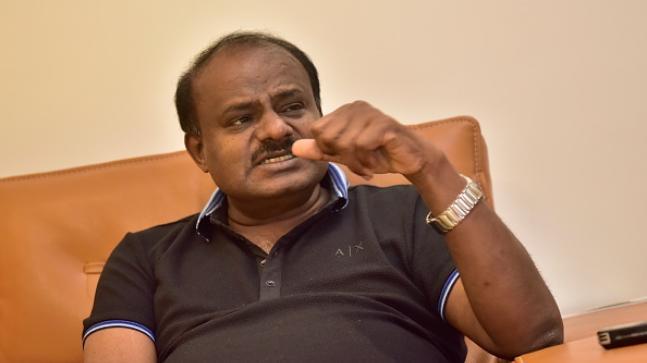Since Congress announced that it will support Janata Dal (Secular) despite getting many more seats than them, the question in every political enthusiast’s mind is who the JD(S) and H. D. Kumaraswamy are, the person and the party. The history of Janata Party goes back to the emergency and it is interesting to read their role in Karnataka as well as national politics. Janata Dal has been a major political player in Karnataka since the 1978 assembly election. It was the sixth assembly election in the state just after Congress Prime Minister Indira Gandhi withdrew the 21 months long emergency. Congress had won all previous elections in the state with a clear majority but this 1978 election was different from others because all the opposition parties were united against Congress under the able leadership of socialist icon Jayaprakash Narayan. Congress had lost 1977 general election just a few months back and Janata Dal was confident of winning the assembly election with a majority, but ultimately it ended up with 59 seats in the state. Congress (I) headed by Indira Gandhi got a clear majority with 149 seats, but this was perhaps the first election in which the Congress felt like it is losing ground and could be defeated.
Congress’ fear came true in the very next assembly election in 1983. With the Janata Dal being the single largest party with 95 seats, Congress (I) ended up on second place with 82 seats. This was the first election the BJP was fighting in the state of Karnataka and it won on 18 seats, which was not bad for a newcomer. The predecessor of BJP, Bhartiya Jana Sangh had a meagre presence in the state, it never crossed the single digit mark in any elections. Janata Party being the single largest party formed the government with Ramakrishna Hegde, a havyaka Brahmin from coastal Karnataka, as Chief Minister. Janata Party was 17 seats short of the majority so the Hegde government fell within a short period of two years. The election was fought once again in 1985, and this time with Janata Party riding on Ramakrishna Hegde’s personal popularity won a clear majority with 139 seat. Ramakrishna Hegde formed and ran the first non-congress majority government in the state.
Since the 1985 assembly election, no party could come to power for a second time, with Congress and Janata Party sharing power alternatively till 2008. BJP was making inroads in the southern state slowly; it had started wooing the politically and socially dominant Lingayat Community since the 1980s. Lingayats form 17 percent of the state population. In 2008 election a popular Linagayat leader BS Yeddyurappa was heading BJP; the party performed extremely well and won 110 seats, just two short of the majority. This was the party’s first government in South India.
On the other hand, Janata Dal which now is divided into many factions enjoyed power in the state four times. The Janata Dal (Secular) is the dominant faction of the party in Karnataka, its current leader H. D. Kumaraswamy has been chief minister of the state between 2006 and 2007. Kumaraswamy is the son of former prime minister H. D. Deve Gowda who headed the state in the 1990s. The JD(S) is very popular in Southern Karnataka, its primary voter base is the Vokkaliga community, who form 8.17 percent of the population of the state. The Vokkaliga people are mostly small farmers, therefore, Kumaraswamy and his father H. D. Deve Gowda raise farmer’s issues regularly. JD(S) although has never been never able to get a majority on its own since it split, but it has always played the role of a kingmaker. In this election, it has been able to get 40 seats and will play a significant role in the state whether it sits in the government or the opposition.
